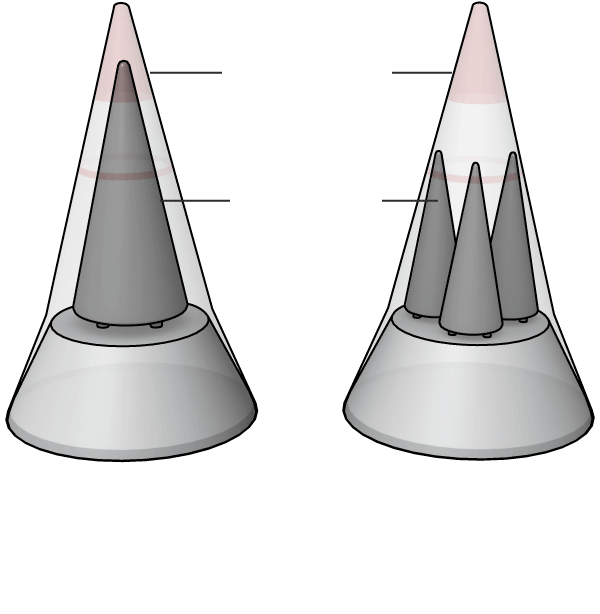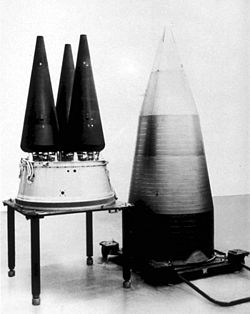interesting Pakistani article
http://www.pakistantoday.com.pk/2016/06/30/implications-of-indias-mtcr-entry/
Implications of India’s MTCR entry
India has become the 35th country to gain membership into the Missile Technology Control Regime (MTCR) which sets guidelines to control the production and delivery of missiles and unmanned aerial vehicles capable of mass destruction. India was accepted after a consensus decision taken by the existing member nations. Previously, Italy was opposed to India’s entry into MTCR because of a diplomatic row between the two countries following India’s detention of two Italian marines on suspected murder charges. Salvatore Girone and Massimiliano Latorre, two Italian marines — on board the Italian ship ‘Enrica Lexie’ — were accused by India of killing two of its fishermen off the Kerala coast in 2012. Massimiliano Latorre, returned to Italy after suffering a cardiac stroke in 2014. India now played a deft card, securing Italy’s support for its entry into the MTCR in return for sending Salvatore Girone home.
India’s MTCR membership will not only benefit India’s space program but also strengthen its export controls which will encourage member nations to transfer sensitive technologies to India without the constraint of facing US sanctions. MTCR is one of the four non proliferation regimes, enacted by group of nations controlling sensitive technologies as part of global non proliferation effort. The other three are the Wassenaar Arrangement dealing with export control of conventional arms and dual use technologies. Australia Group focuses on export controls on technologies with regard to chemical and biological weapons. Lastly is the Nuclear Supplier Group (NSG) a grouping of 48 countries that seeks to prevent proliferation of nuclear weapons
The MTCR was created to curb the spread of unmanned delivery systems for nuclear weapons in particular delivery systems with a minimum payload of 500 kg at a maximum range of 300 Km. Subsequently with the proliferation of unmanned aerial vehicles including combat aerial vehicles these were also inducted with the ambit of the guidelines.
This is a big consolation for India, which failed to gain entry into the NSG Plenary session at Seoul last week.
MTCR was established in April 1987 by the G-7 countries (Canada, France, Germany, Italy, Japan, the UK, and the United States). It is not an official treaty with legally binding obligations. It is only an informal political understanding. The purpose of the MTCR is to aid in international peace and security by destabilising delivery systems that make it easier for the transfer and delivery of weapons of mass destruction (WMD). MTCR partners are entitled to participate in the decision making of the future of MTCR and are expected to set the international standard for responsible non-proliferation behaviour. The items included under MTCR guidelines are divided into Category I (complete rocket and unmanned aerial vehicle systems) and Category II (dual use missile related components and systems). Although there is no formal secretariat of the MTCR, France is the Point of Contact (POC).
All MTCR decisions are made after a full consensus involving all current partners. MTCR has been successful in getting Argentina, Egypt and Iraq to abandon their Condor II ballistic missile program. MTCR works together with the International Code of Conduct against Ballistic Missile proliferation (ICOC) to achieve its objective of non-proliferation of delivery systems capable of delivering WMD.
Let us examine the implications of India joining the MTCR. Firstly, its credentials as being a signatory to serious weapons control regimes have improved, enhancing its acceptability into NSG. Secondly, it can bargain with China for supporting India’s entry into NSG, while in a quid pro quo action, India can support China’s entry into MTCR. The People’s Republic of China is not a member of the MTCR but has agreed to abide by the original 1987 Guidelines and Annex, but not the subsequent revisions. China first verbally pledged that it would adhere to the MTCR in November 1991, and included these assurances in a letter from its Foreign Minister in February 1992. China reiterated its pledge in the October 1994 US-China joint statement. In their October 1997 joint statement, the United States and China stated that they agree “to build on the 1994 Joint Statement on Missile Nonproliferation.” In 2004 China applied to join the MTCR, but members did not offer China membership because of concerns about China’s export control standards.
India on the other hand, which on a number of occasions was
denied critical missile technologies owing to MTCR provisions or sanctions, will now have access to the high-end missile technology, also making more realistic its aspiration to buy surveillance drones such as the Predator, made by General Atomics.
Let us examine a few of the instances. India failed to get approval for the acquisition of “Arrow II” theatre missile defence interceptor from Israel as part of Indian attempt to develop indigenous “Ballistic Missile Defence”. The transfer of both the missiles and technology was subject to US approval owing to its contributions in the development of the interceptor technology of the “Arrow II” system. The then US Administration was of the view that it was committed to apply MTCR guidelines in any re–transfer situation, particularly taking into account impact of any such transfers on missile defence cooperation with other states. Resultantly neither the sale of missile systems nor the technology transfers went through even though Israel was willing.
In another instance, India was stopped from obtaining cryogenic technology from Russia. The US placed impediments in the acquisition because of India’s pursuit of strategic ICBM program based on Agni IV/V series or the “Surya” missiles using two stages of PSLV with strapped on third stage derived either from French ‘Victor’ rocket or cryogenic engines from Russia. US concerns were that this will provide India with a powerful ICBM capability with ranges far exceeding 5000 Km and the ability to strike continental US thus it slapped sanctions on both India and Russia in 1990. These were lifted in 1993 only after Russia agreed to stop supply of cryogenic technology to India and restrict the sale to a few engines. The US sanctions were deftly sidestepped by Russia because it clandestinely enabled India to master cryogenic technology internally and today Indians are in a position to launch heavy satellites in space that in future could include manned space missions.
Another field, where India will gain a major advantage, will be the Drone technology.
India has been developing long endurance drones namely “Medium Altitude Long Endurance (MALE)” and “High Altitude Long Endurance Drones (HALE)” with endurance capabilities at station from weeks to a month. India has been facing some critical technological issues in their development. Post entry into MTCR, India will be able to seek these technologies in collaboration with other MTCR. Similarly should India seek to both buy Drones like Predators which are essentially Unarmed Combat Vehicles it can do so.
Let us briefly look at India’s missile inventory, especially those that fall outside the ambit of MTCR limits. Prithvi-III (350-600 Kms), Agni-I (700-1,250 Kms), Agni-II (2,000-3,000 Kms), Agni-III 3,500-5,000 Kms), Agni-IV (4,000 Kms), Agni-V (5,000-8,000 Kms), Agni-VI Submarine Launched (6,000 plus), Agni-VI MIRV (8,000-12,000 Kms) and Surya Submarine Launched MIRV with a range of 10,000 Kms plus are all weapon systems in this category prohibited by MTCR. The question is what actions India would take regarding them. An equally relevant question is Pakistan’s options, which will be examined in a subsequent article.



 Lol.
Lol.